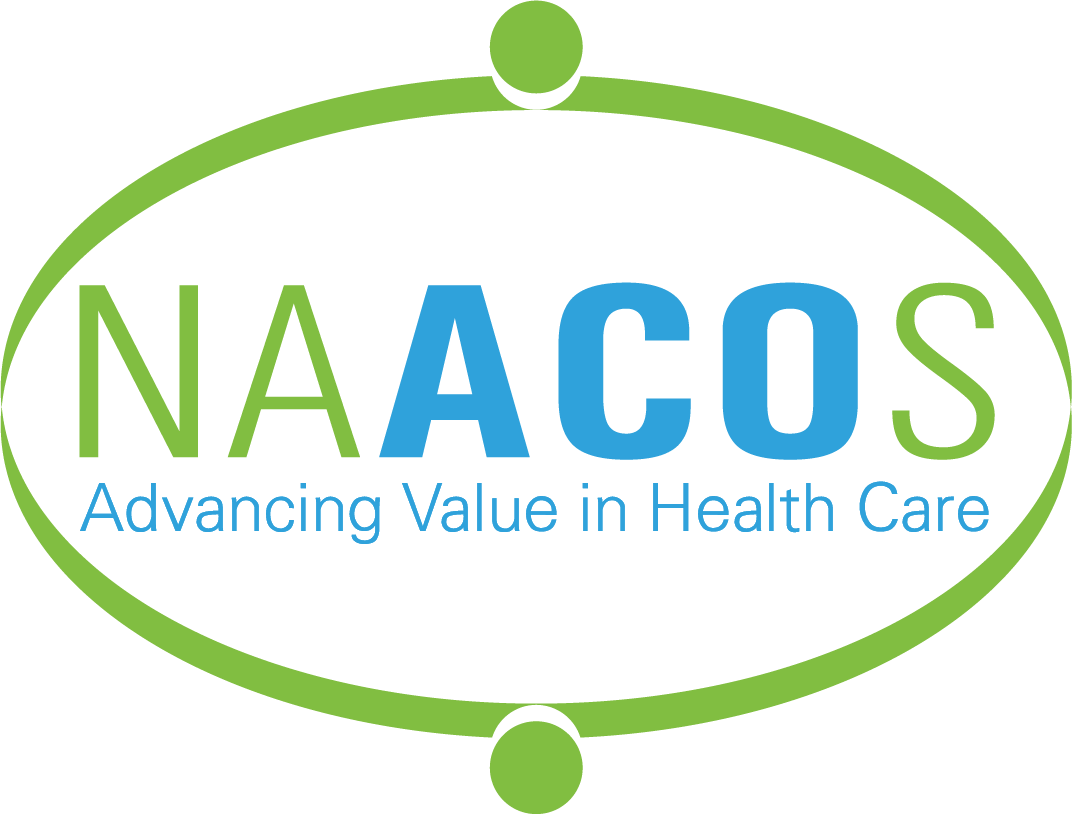NAACOS Summary of the Fourth Annual
Evaluation of Comprehensive Primary Care Plus
CPC+ Background
In May 2022, the Centers for Medicare & Medicaid Services (CMS) published the fourth annual evaluation report for the Comprehensive Primary Care Plus (CPC+) Program as well as a summary of the findings. CPC+ was an advanced primary care model tested by the CMS Innovation Center (CMMI) to strengthen primary care through regionally-based multi-payer payment reform and care delivery transformation with the goals of increasing access to and improving the quality and efficiency of primary care, and it was intended to achieve better health outcomes at a lower cost. The model provided a framework for transformation across access and continuity, care management, comprehensiveness and coordination, patients and caregiver engagement, and planned care and population health. CMS operated CPC+ from January 2017 through December 2021, with more than 3,000 primary care practices serving millions of patients across 18 regions with 79 public and private payers and 68 health IT vendors. This independent evaluation examines results of both Track 1 and Track 2 practices in Program Year 4 (PY4), which coincides with Calendar Year 2020. This report does not include practices that joined CPC+ in 2018, as these practices account for only 5 percent of the total number of practices participating in CPC+.
Additional resources on the CPC+ model for ACOs can be found on NAACOS’ website.
Evaluation for CPC+ Practices in the Medicare Shared Savings Program
While CMS initially excluded ACO practices from participation in CPC+, following NAACOS advocacy the agency reversed this decision, allowing primary care practices to participate simultaneously in CPC+ and the Medicare Shared Savings Program (MSSP). Across both tracks, about half of CPC+ practices were also participating in MSSP at the end of PY4. Evaluators analyzed claims-based outcomes by MSSP status, finding that in PY4, practices that were also participating in MSSP:
- Reduced outpatient ED visits by 3.8/5.1 percent (Track 1/2)
- Reduced acute hospitalizations by 3.3 percent (Track 1)
- Reduce ambulatory specialist visits by 1.0/2.2 percent (Track 1/2)
- Reduced expenditures on acute inpatient care by 4.2/2.5 percent (Track 1/2)
- Reduced outpatient expenditures by 2.9 percent (Track 2)
- Reduced total Medicare expenditures by 1.5 percent (Track 1)
All results summarized here are statistically significant, see Table 5.2 on page 130 for full results and additional details.
While in total, CPC+ practices did not reduce total Medicare expenditures after accounting for enhanced payments, Track 1 CPC+ practices simultaneously participating in MSSP did achieve reductions in total expenditures in PY4. Evaluators posit that if this trend continues through PY5, CPC+ could show meaningful cost savings even after accounting for enhanced payments in the Track 1 MSSP subgroup. Non-MSSP practices in Track 1 showed an increase in total Medicare expenditures. Similarly, Track 2 practices showed reductions in expenditures for MSSP practices and increases in expenditures for non-MSSP practices, though the results were not statistically significant.
Findings indicate there may be a positive interaction between CPC+ and MSSP, with MSSP participation offsetting incentives for hospitals and health systems to generate revenue. It is unknown whether differences in implementation of CPC+ exist between MSSP and non-MSSP practices contributed to the differences in expenditures. CMS notes that this variation is consistent with expectations about possible alignment between incentives and supports offered by CPC+ and MSSP. NAACOS’ comparison of CPC+ and Medicare ACOs includes additional details on how the programs interact.
Overview of Evaluation Results
Despite challenges brought on by the COVID-19 pandemic, CPC+ practices were able to retain care managers and other key staff and maintain important patient care activities, largely due to CPC+ enhanced payments and temporary payment changes for telehealth visits. Practices participating in CPC+ noted that investments in care management and building a patient-centered and team-based culture as part of the model helped them to implement changes needed to meet patients’ physical and mental health needs during COVID-19.
The majority of practices reported that participating in CPC+ improved the quality of care they provided to patients. CMS notes that the report was not able to definitively conclude CPC+’s impact on quality due to difficulties creating comparison groups, and the fact that the quality measures used changed over time, among other reasons such as the impact of COVID-19 on these measures. In PY4, CPC+ demonstrated impacts on claims-based outcomes including Medicare expenditures and utilization measures:
- Reduced outpatient ED visits by 2.9/2.5 percent (Track 1/2)
- Reduced acute hospitalizations by 1.8/1.9 percent (Track 1/2)
- Reduced expenditures on acute inpatient care by 2.4/1.8 percent (Track 1/2)
- Increased Part B noninstitutional expenditures by 1.2/1.1 percent (Track 1/2)
- Reduced outpatient expenditures by 2.4 percent (Track 2)
All results summarized here are statistically significant, see Table 5.1 on page 126 for full results and additional details.
Evaluators conducted in-depth interviews with CPC+ practices to understand key challenges and barriers to implementing CPC+ care delivery requirements and achieving practice transformation goals reported by CPC+ practices:
- Lack of sufficient CPC+ funding from payer partners
- Uncertainty about how practice changes could be sustained after CPC+ ends
- Lack of alignment across payers’ payment approaches and limited availability of alternative payment approaches
- Burdens associated with CPC+ requirements, particularly financial reporting
- Difficulties aggregating data across payer partners in some regions
- Limited community-based resources and difficulties engaging patients
- Issues with using data feedback stemmed from lags in claims data and lack of staff availability to work with the volume of data shared
